Watch for these 5 high-impact trends shaping higher education business in 2025
University Business
JANUARY 28, 2025
Coming off one of the most challenging years for the higher education business in recent memory, it would be easy to carry a glass-half-empty outlook into 2025. From technological advancements to shifting demographics, the landscape is evolving rapidly. The road ahead is complex, but for forward-thinking leaders, its full of potential.








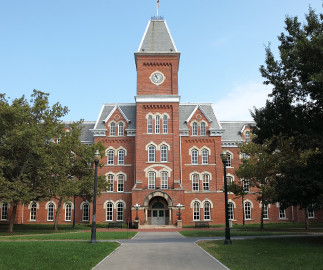
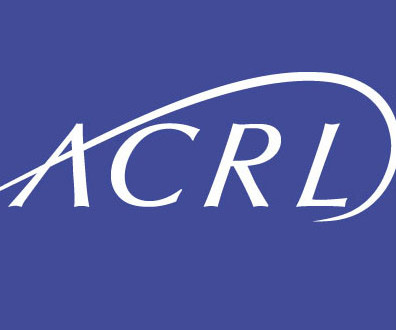

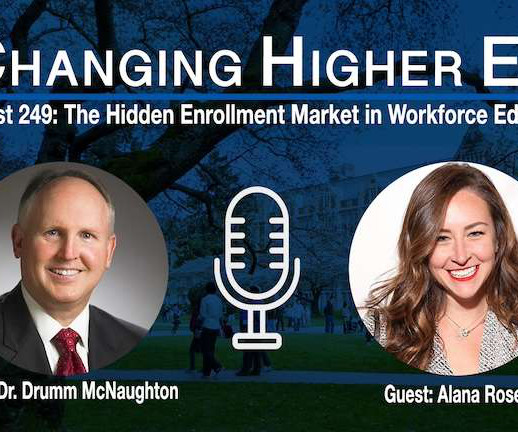
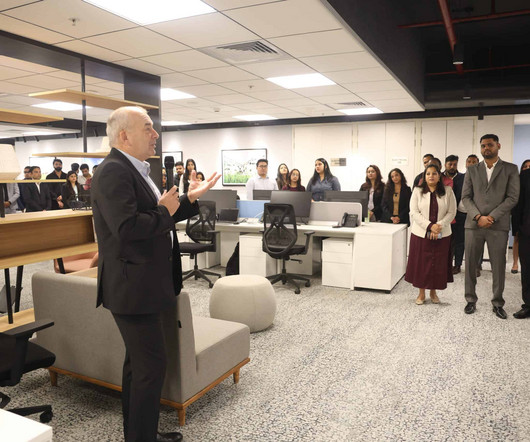




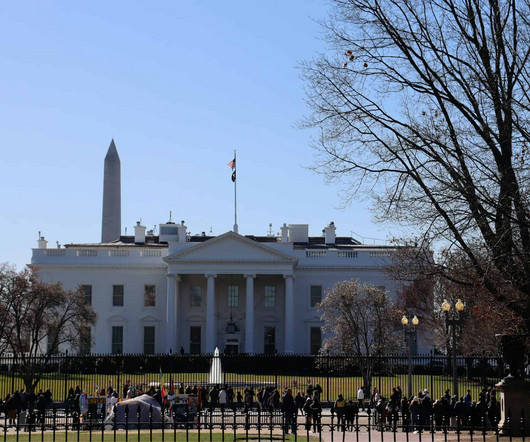









Let's personalize your content